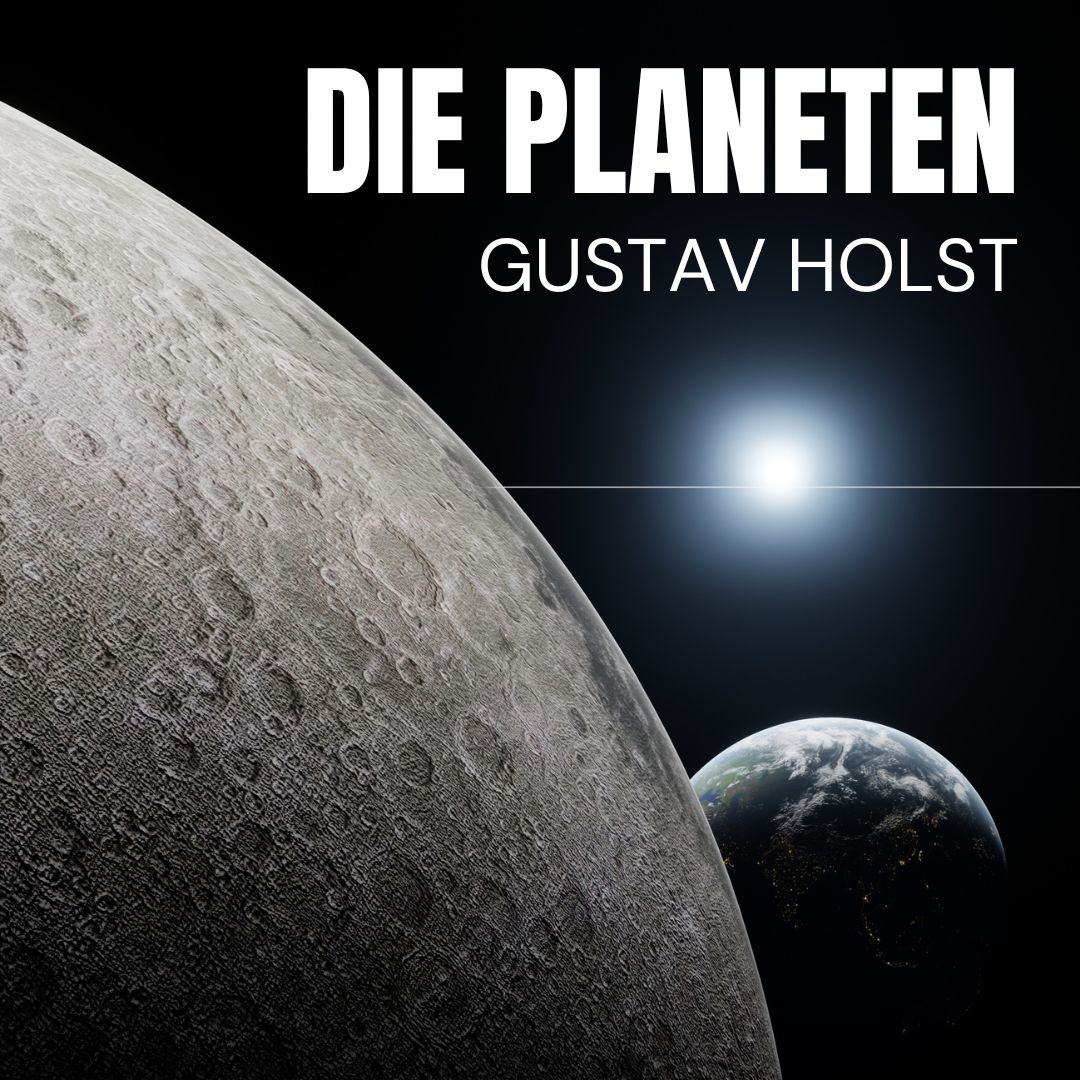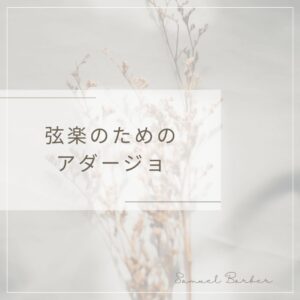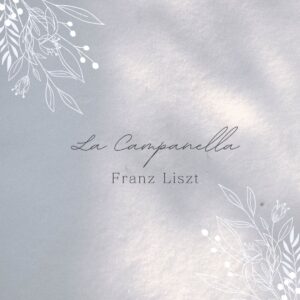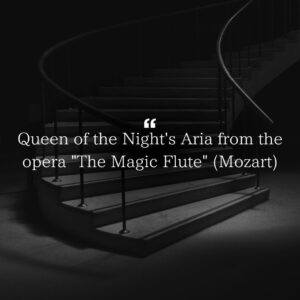「Die Planeten」(日本語では「惑星」、英語では The Planets)は、イギリスの作曲家グスターヴ・ホルスト(Gustav Holst)が1914年から1916年にかけて作曲した管弦楽のための組曲で、彼の代表作として知られています。この作品は、7つの楽章から成り、それぞれが太陽系の惑星(地球を除く)とその占星術的な性格をテーマにしています。
1. 火星、戦争をもたらす者 (Mars, the Bringer of War) テンポ: Allegro(活発に)特徴: 5/4拍子の不規則なリズムと、重厚な金管楽器による不協和音が支配的。戦争の緊張感と破壊力を描写し、緊迫した雰囲気を作り出す。ポイント: 第一次世界大戦の影響が感じられると誤解されがちだが、ホルストは戦前に作曲を開始しており、戦争そのものではなく「火星の性格」を描いたと述べています。
2. 金星、平和をもたらす者 (Venus, the Bringer of Peace) テンポ: Adagio(ゆっくりと)特徴: 穏やかで優美な旋律がフルートやホルンで奏でられ、弦楽器の柔らかなハーモニーが平和と美を象徴。対照的な「火星」の後に癒しを与える。ポイント: 中間部のヴァイオリン独奏が特に印象的で、フランス印象派の影響も垣間見える。
3. 水星、翼のある使者 (Mercury, the Winged Messenger) テンポ: Vivace(生き生きと)特徴: 軽快で素早い動きが特徴のスケルツォ風楽章。6/8拍子のリズムと木管楽器の跳躍する音型が、知性とコミュニケーションの神マーキュリーを表現。ポイント: 最短の楽章で、あっという間に駆け抜ける。
4. 木星、快楽をもたらす者 (Jupiter, the Bringer of Jollity) テンポ: Allegro giocoso(快活に)特徴: 明るく壮大な旋律が特徴で、中間部の「我は汝に誓う、我が祖国よ」(I Vow to Thee, My Country)として知られるテーマは特に有名。ホルン6本を含む大編成で祝祭的な喜びを描く。ポイント: 日本では平原綾香の「Jupiter」で知られ、イギリスでは愛国歌や賛美歌として親しまれている。
5. 土星、老いをもたらす者 (Saturn, the Bringer of Old Age) テンポ: Adagio(ゆっくりと)特徴: フルートとハープの「時計の針」のようなリズムから始まり、低弦と金管の重いコラールが老いの重さを感じさせる。後半は静寂と高揚が交錯し、ホルストが最も愛した楽章。ポイント: 人生の終わりと達成感を静かに描く。
6. 天王星、魔術師 (Uranus, the Magician) テンポ: Allegro(活発に)特徴: 不気味でユーモラスな雰囲気。トロンボーンの4音モチーフ(G-E♭-A-B)がホルストの名前を暗示するとされる。オルガンのグリッサンドで終わる奇抜さが魅力。ポイント: フランスのデュカス『魔法使いの弟子』に似た魔術的な色彩。
7. 海王星、神秘なる者 (Neptune, the Mystic) テンポ: Andante(歩く速さで)特徴: 幻想的で浮遊感のある和音が続き、最後に舞台裏の女声合唱がヴォカリーズ(歌詞のない声)で加わり、音が徐々に消えていく。神秘性と宇宙の果てを象徴。ポイント: ホルストの革新的な発想が際立つ終曲。
「Die Planeten(惑星)」は、ホルストの占星術への情熱と音楽的才能が結実した傑作で、各惑星の個性を描きながら宇宙の神秘を表現しています。クラシック音楽の枠を超え、映画音楽(ジョン・ウィリアムスの「スター・ウォーズ」に影響を与えたと言われる)やポップスにも影響を与えたこの曲は、聴くたびに新たな発見がある作品です。
“Die Planeten” (“The Planets” in Japanese, “The Planets” in English) is a suite for orchestra composed by the British composer Gustav Holst between 1914 and 1916, and is known as his masterpiece. The work consists of seven movements, each of which is themed around a planet in the solar system (excluding Earth) and its astrological character.
1.Mars, the Bringer of War Tempo: Allegro (lively) Characteristics: Dominated by an irregular 5/4 rhythm and dissonances from heavy brass instruments. Depicts the tension and destructive power of war, creating a tense atmosphere. Key points: It is often misunderstood that the influence of World War I can be felt in this piece, but Holst began composing before the war, and said that he was depicting “the character of Mars” rather than the war itself.
2.Venus, the Bringer of Peace Tempo: Adagio (slow) Characteristics: A gentle and graceful melody is played by flutes and horns, and the soft harmony of string instruments symbolizes peace and beauty. It provides healing after the contrasting “Mars”. Key points: The violin solo in the middle section is particularly impressive, and the influence of French Impressionism can be seen.
3.Mercury, the Winged Messenger Tempo: Vivace Characteristics: A scherzo-like movement characterized by light and quick movements. The 6/8 rhythm and the leaping woodwind figures represent Mercury, the god of intelligence and communication. Key points: The shortest movement, it flies by in an instant.
4.Jupiter, the Bringer of Jollity Tempo: Allegro giocoso (cheerfully) Characteristics: It features a bright and grand melody, and the theme in the middle section known as “I Vow to Thee, My Country” is particularly famous. It depicts festive joy with a large ensemble including six horns. Key points: In Japan, it is known as “Jupiter” by Hirahara Ayaka, and in the UK, it is loved as a patriotic song and hymn.
5.Saturn, the Bringer of Old Age Tempo: Adagio (slowly) Characteristics: Begins with a clock-like rhythm of flute and harp, followed by a heavy chorale of low strings and brass, evoking the weight of old age. The second half is a mix of silence and elation, making it Holst’s favorite movement. Key points: Quietly depicts the end of life and a sense of accomplishment.
6.Uranus, the Magician Tempo: Allegro (lively) Characteristics: An eerie and humorous atmosphere. The four-note trombone motif (G-E♭-A-B) is said to allude to Holst’s name. The eccentricity of the ending with an organ glissando is appealing. Key points: The magical colors are similar to those of the French composer Dukas’s “The Sorcerer’s Apprentice.”
7.Neptune, the Mystic Tempo: Andante (walking pace) Characteristics: Fantastic, floating chords continue, and at the end, a female chorus from behind the stage joins in with a vocalise (voice without lyrics), and the sound gradually fades away. Symbolizes mystery and the edge of the universe. Points: A final piece that highlights Holst’s innovative ideas.
“Die Planeten” is a masterpiece that combines Holst’s passion for astrology and musical talent, depicting the individuality of each planet and expressing the mysteries of the universe. This piece has influenced not only classical music but also film music (it is said to have influenced John Williams’ “Star Wars”) and pop music, and every time you listen to it, you will discover something new.








